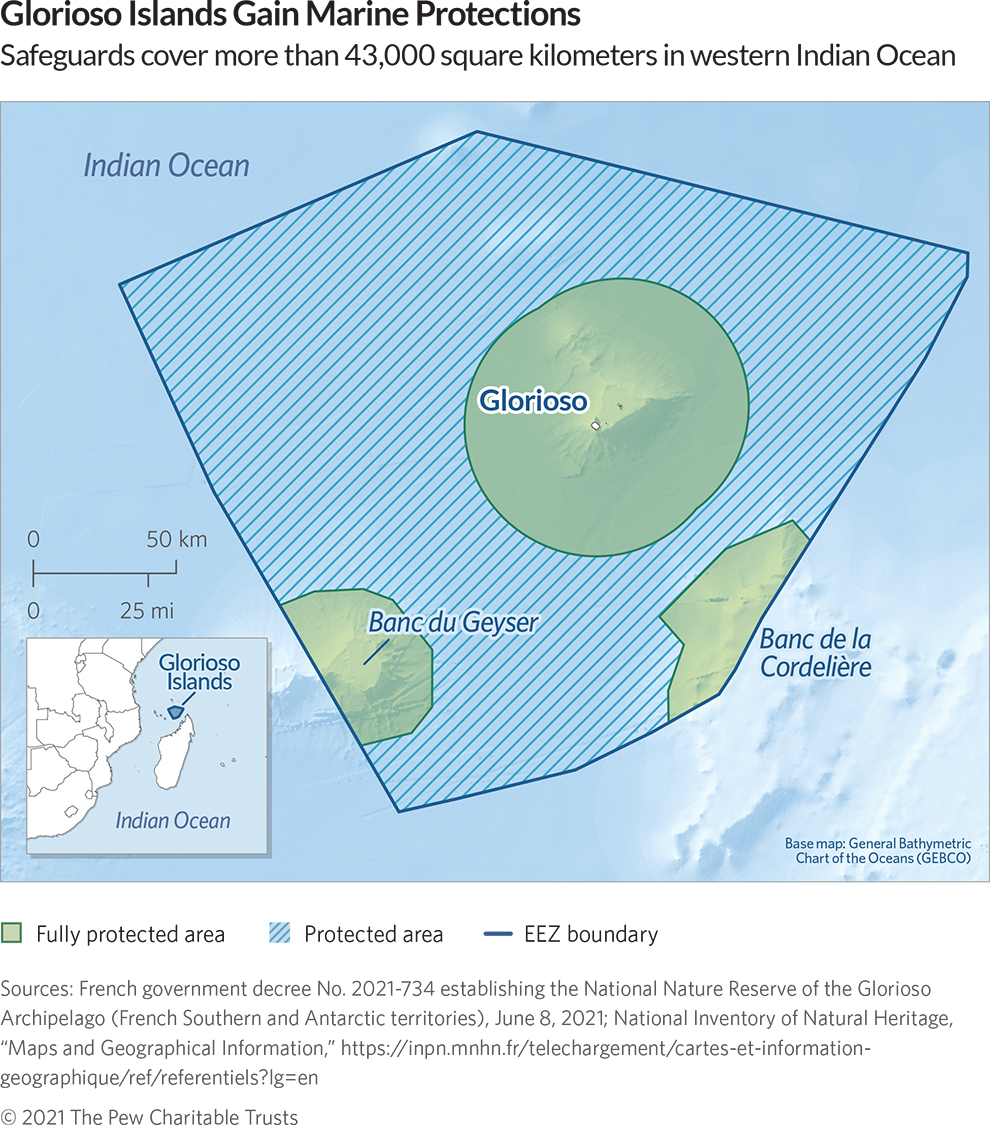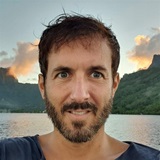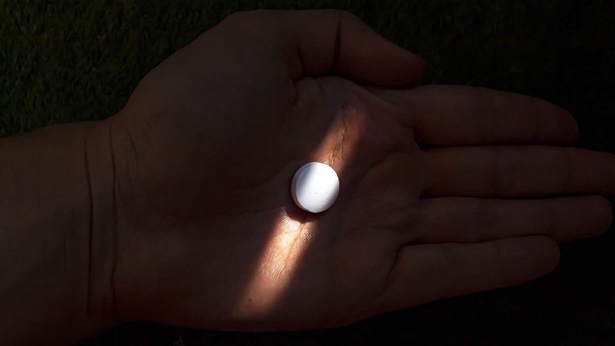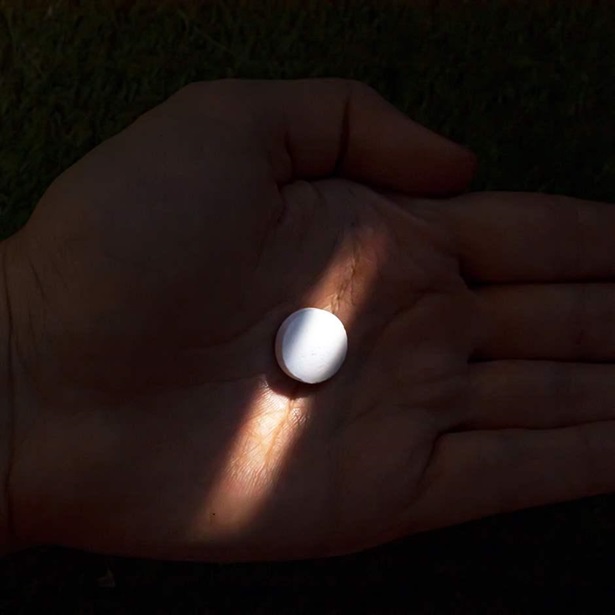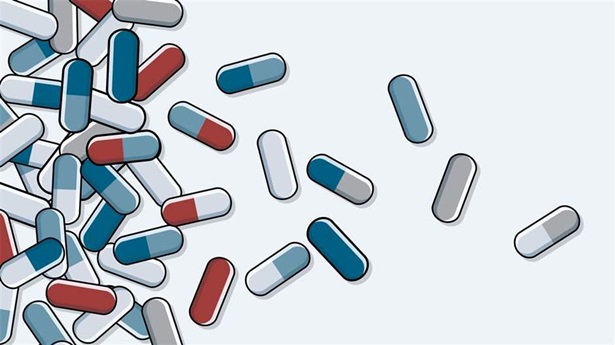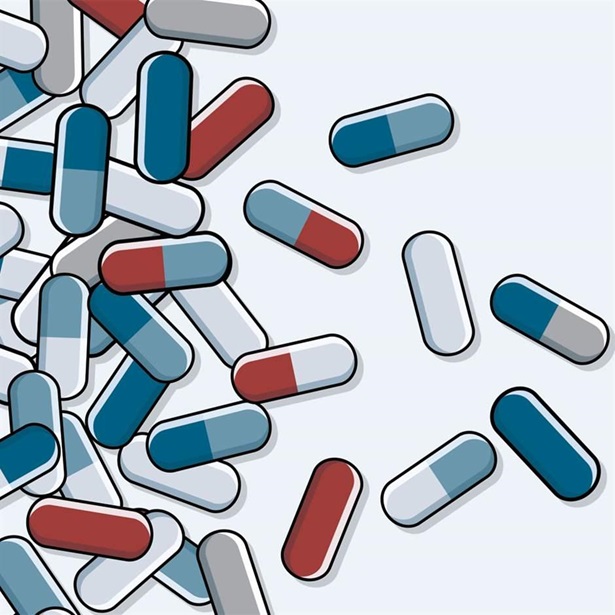France Declares New Protections for Glorioso Islands
The Indian Ocean biodiversity hot spot is home to hundreds of threatened species
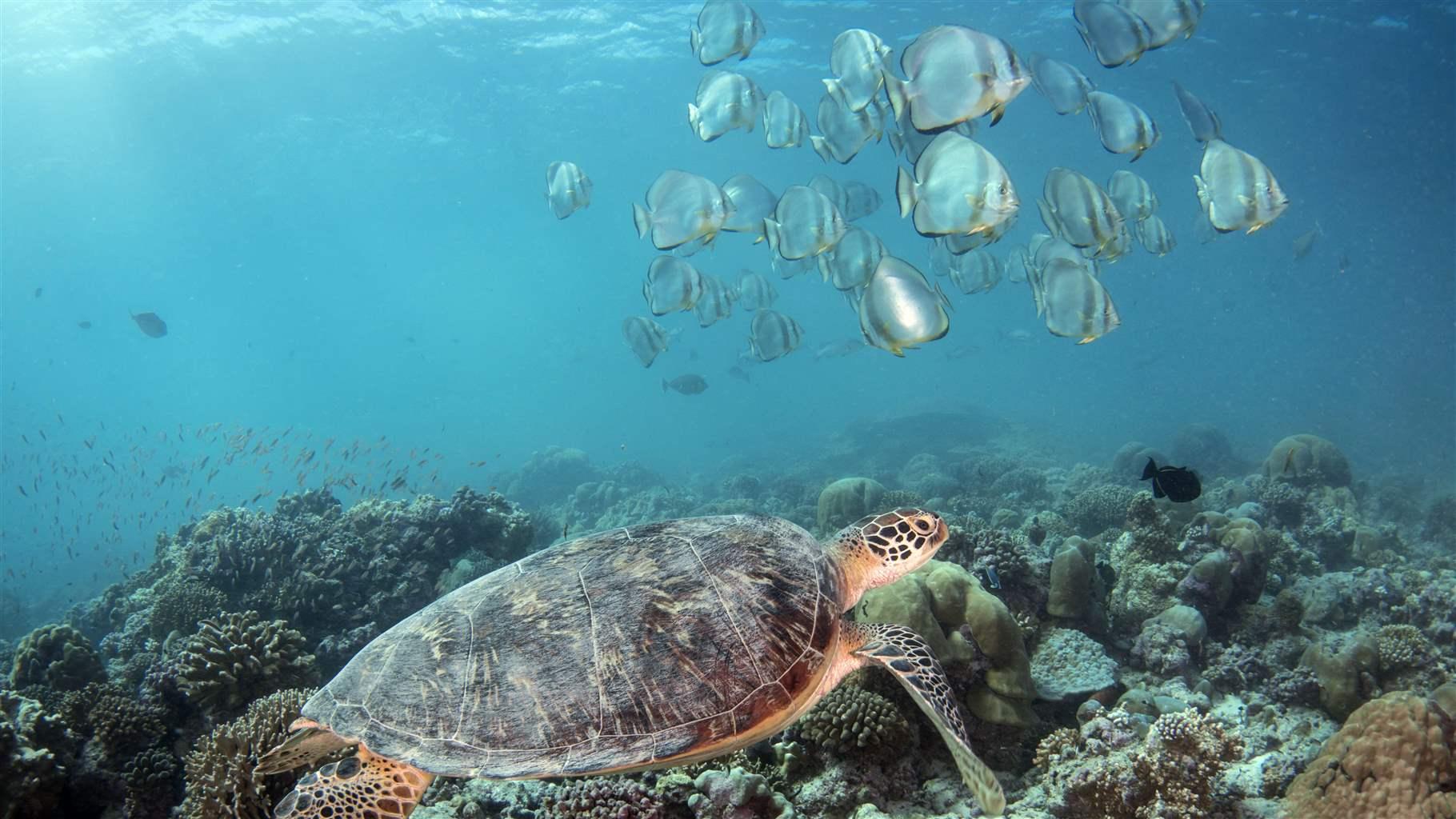
The rich waters around the Glorioso Islands—a small but biologically significant territory in the western Indian Ocean between the Seychelles and Madagascar—recently became France’s newest marine protected area.
On World Ocean Day last month—June 8—French President Emmanuel Macron made good on a 2019 pledge to permanently protect the archipelago as a national nature reserve. The new reserve encompasses more than 43,000 square kilometers (16,600 square miles) of territorial waters—an area slightly larger than Denmark—and 4.3 square kilometers (1.6 square miles) of land. All mining is prohibited within the reserve, and fishing, research, and other human activities are strictly regulated so as not to undermine the ecosystems’ integrity.
The National Nature Reserve of the Glorioso Archipelago includes three fully protected zones covering about 11,000 square kilometers (4,250 square miles) around three islands in the archipelago: Glorioso, Banc du Geyser, and Banc de la Cordelière. All types of fishing and extractive activity, such as mining, are prohibited within these areas.
With the creation of the reserve, France has now highly protected 1.6% of its waters around the globe. This shows the French government’s increasing awareness about the value and importance of highly protecting waters, long cited by scientists as key to effectively conserving marine ecosystems. Although this announcement moves France closer to reaching its commitment to strongly protect at least 10% of its waters by 2022, significant work still needs to be done to achieve that goal.
Conservation International includes the Glorioso Islands on its list of 36 hot spots for global biodiversity. The islands’ waters, which feature approximately 450 square kilometers (174 square miles) of reef cover that is home to over 2,500 species, are a key breeding site for green and hawksbill turtles, humpback whales, and several species of seabirds.
However, more than 500 species in this area are considered threatened, according to the International Union for Conservation of Nature. It is estimated that the region lost nearly 70% of its species due to strong anthropogenic pressures, including extractive activities, pollution, and overfishing, exacerbated by the effects of climate change. The new protections should help the Glorioso Islands’ ecosystems and wildlife recover while also benefiting the surrounding region’s biodiversity.
Jérôme Petit is based in France and leads the Pew Bertarelli Ocean Legacy Project’s work in French Polynesia and the French Southern and Antarctic Lands.
